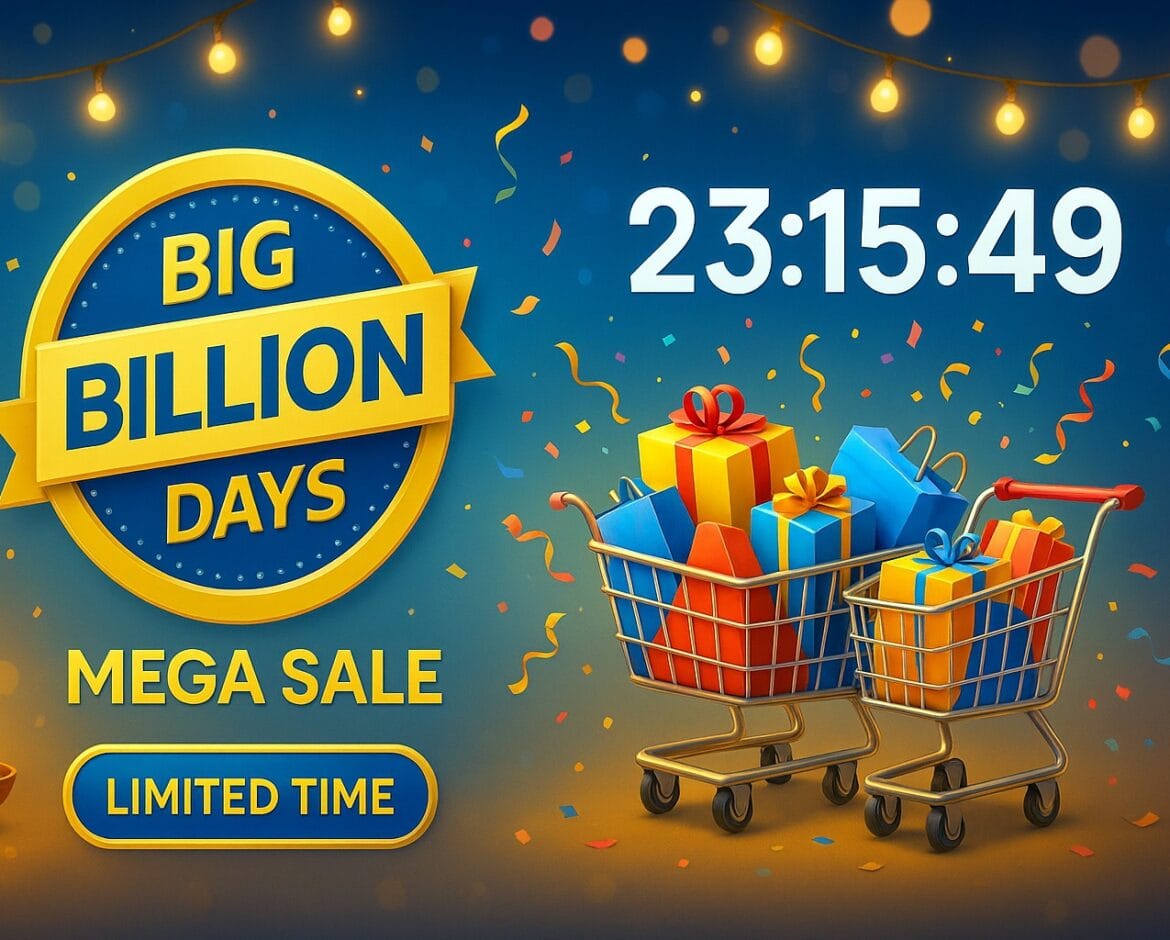Rangoli Remix: The Doorstep Design Playbook You Can’t Unsee
What Is Rangoli (And Why It’s Everywhere Right Now)
Rangoli is threshold or floor art made with rice flour, chalk/stone powder, natural pigments, colored sand, or flower petals. It’s known by many regional names and styles:
- Kolam / Muggu (South India): geometric line work around dot grids (pulli), often daily at dawn.
- Alpana / Alpona (Bengal): freehand, flowing rice-paste motifs.
- Pookalam (Kerala): petal-layered “flower carpets” for Onam.
Cultural core: It’s a welcome sign inviting prosperity, warding off negativity, and marking festivals, harvests, and family milestones.
Materials & Tools: Classic vs Eco-Modern
Traditional basics
- Rice flour or rice paste (edible; aligns with offering ethos)
- Chalk/limestone powder (crisp white outlines)
- Natural pigments, turmeric, kumkum
- Fresh petals and leaves (pookalam)
Modern & eco-forward
- Non-toxic colored stone powders
- Dried flower confetti (marigold, chrysanthemum, lotus)
- Colored semolina, coffee grounds (for warm browns)
- Reusable acrylic dot-grids & stencils
- Water mister, soft brush, tape for borders, plate/bangles for circles
Pro tip: On darker floors, lay a thin white undercoat to make colors pop.
Planning Your Rangoli: Size, Symmetry, Flow
- Choose symmetry: 4-fold (90°) for square entries, radial 6/8-fold for round foyers.
- Dot grid spacing: 1–1.5 cm (indoors), 2–2.5 cm (outdoors).
- Traffic map: Keep a natural walkway; frame the design with a neat border.
- Color order: Outlines → mid-fills → accents → highlights.
The Beginner’s Blueprint (No Stencils Needed)
- Sweep dry; wipe once with a dry cloth for tooth.
- Mark the center; chalk a faint axis cross (+) and diagonals (×).
- Lay a dot grid; keep spacing consistent.
- Use a steady pinch and move from elbow/shoulder (not just fingers).
- Fill colors last; clean edges with a soft brush.
8 Common Problems → Quick Fixes
- Wavy lines: Fix your pinch, move the arm.
- Powder bleeding: Work on a dry surface; mist lightly after finishing (outdoors).
- Broken symmetry: Mirror each element quadrant by quadrant.
- Dull colors: White base + brighter top layer.
- Windy porch: Heavier petals on outer ring; light water mist.
- Footprints: Create a path; place diyas away from color fills.
- Time crunch: Stencil center + freehand corners (90/10 split).
- Glossy granite: Lightly rub dry cloth; use slightly coarser outline powder.
Five Step-By-Step Starter Designs with aesthetic indian art
A) Minimal Lotus Welcome (10–12 min)
How-to: Draw an oval center → 8 petals around → white outline → pink fill → yellow halo at the core.




B) Dot-Grid Kolam Loop (15–18 min)
How-to: 7×7 dots → loop continuous curves around four-dot clusters → keep it white; add a small red bindi dot at center.








C) Sunshine Wheel Mandala (20 min)
How-to: Trace a plate circle → add 16 spokes → alternate long/short → warm gradient from hub.












D) Festive Diyas Frieze (25 min)
How-to: Draw a long band; repeat diya motif every 10 cm; add yellow flame halos.
























E) Micro-Pookalam (25–30 min)
How-to: Three rings—marigold → chrysanthemum → green leaves; white dot center.












Advanced Moves (Show-Stoppers)
Peacock Curve & Feather Shading
- Sketch a sweeping S-curve for the neck; build layered feather eyes with teal, royal blue, emerald; rim with gold or bright yellow.
Fractal Petal Border (The Infinity Edge)
- Use repeating petal modules that scale outward; keep line weight consistent.
3D Illusion Cubes (Festival Geek-Chic)
- Build isometric cubes with three tones (light/mid/shadow); keep edges sharp.
Gopuram Knotwork (One-Stroke Kolam)
- Practice continuous paths around dots; aim for Euler-style “don’t lift your hand” linework.
Festival-Specific Formats
Diwali Rangoli: Lakshmi-Padchinh & Diyas
- Focus on lotuses, conch, coins, diyas; keep high-chroma warms with cool accents.
Onam Pookalam: Layer-By-Layer Growth
- Traditionally expands daily; keep the ring colors clean and petal edges tidy.
Pongal / Sankranti: Pot, Sugarcane, Sun
Bengal Alpana: Rice-Paste Flow
Color Theory For Floors (Fast Wins)
- Warm center, cool ring: Pulls the eye in and softens edges.
- Complimentary pops: Teal vs orange, magenta vs lime.
- Contrast trick: Thin white rim lines make dark floors sing.
- Petal planning: Alternate light/dark petals to avoid flat circles.
Workflow: From Sketch To Sealing
Prep (5–10 min): Sweep → chalk border → dot grid.
Draw (30–90 min): White outlines → fills → accents → highlights.
Finish (2–3 min): Light outdoor mist or artist’s fixative on chalk lines; place diyas with heat clearance; set a walking path.
Safety & Sustainability Notes
- Use non-toxic powders; avoid heavy metals and solvent sprays indoors.
- Petals are compostable; rice-flour kolam can feed small insects/birds.
- Keep flames (diyas) away from loose powders and fabrics.
FAQ (Short & Useful)
How do I make perfect circles without a compass?
Trace a plate/bangle; rotate gently to mark a guide, then outline.
My colors look flat, now what?
Lay white first, then a bright mid-tone, then a tiny highlight on edges.
How long does a rangoli last?
Indoors (powder): ~2–3 days if untouched. Petal pookalam: ~1 day fresh.







